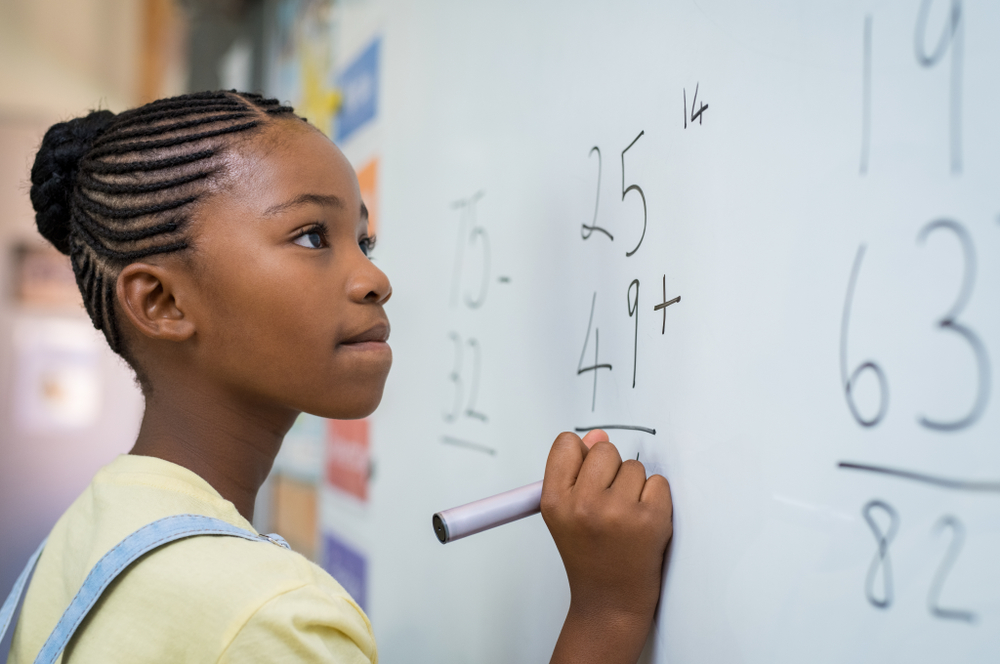Hand-eye Coordination Normal Alphabet Worksheets for Ages 6-9
12 filtered results
-
From - To
Enhance your child's learning through our Hand-eye Coordination Normal Alphabet Worksheets designed specifically for ages 6-9. These interactive worksheets help young learners develop essential skills as they practice alphabet recognition, letter formation, and fine motor control. Each worksheet incorporates fun and engaging activities that encourage children to trace, match, and color letters, fostering both coordination and confidence. Perfect for classroom use or at-home practice, our printable resources support early literacy development while making learning a delightful experience. Visit our website to download these effective, skill-building worksheets and give your child a head start on their educational journey.
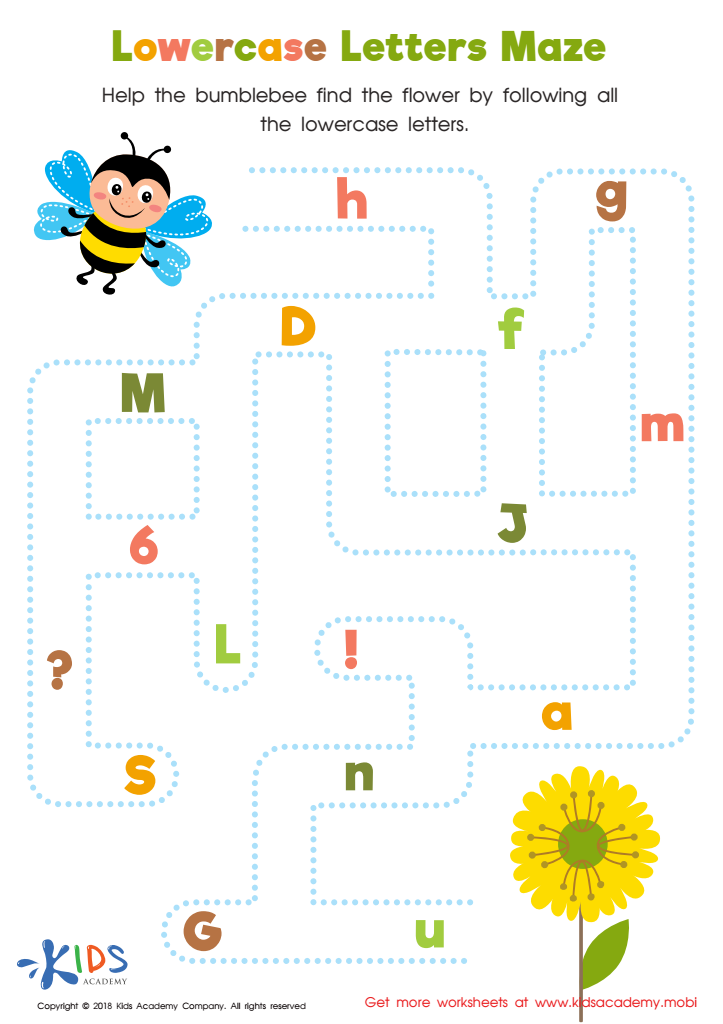

Lowercase Letters Maze Worksheet
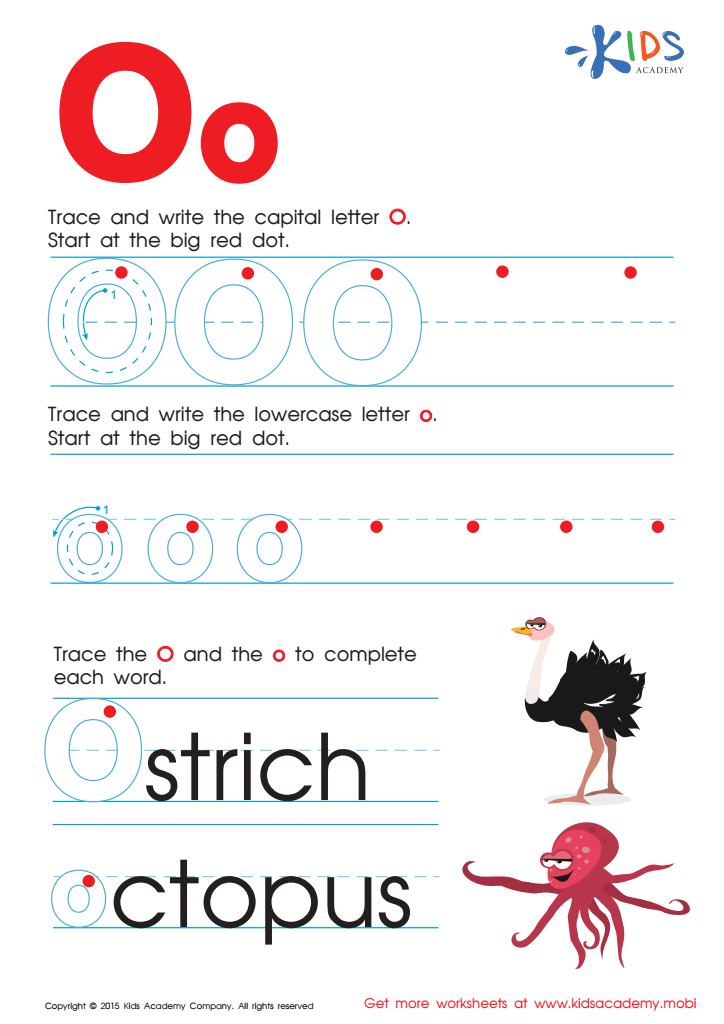

Letter O Tracing Page
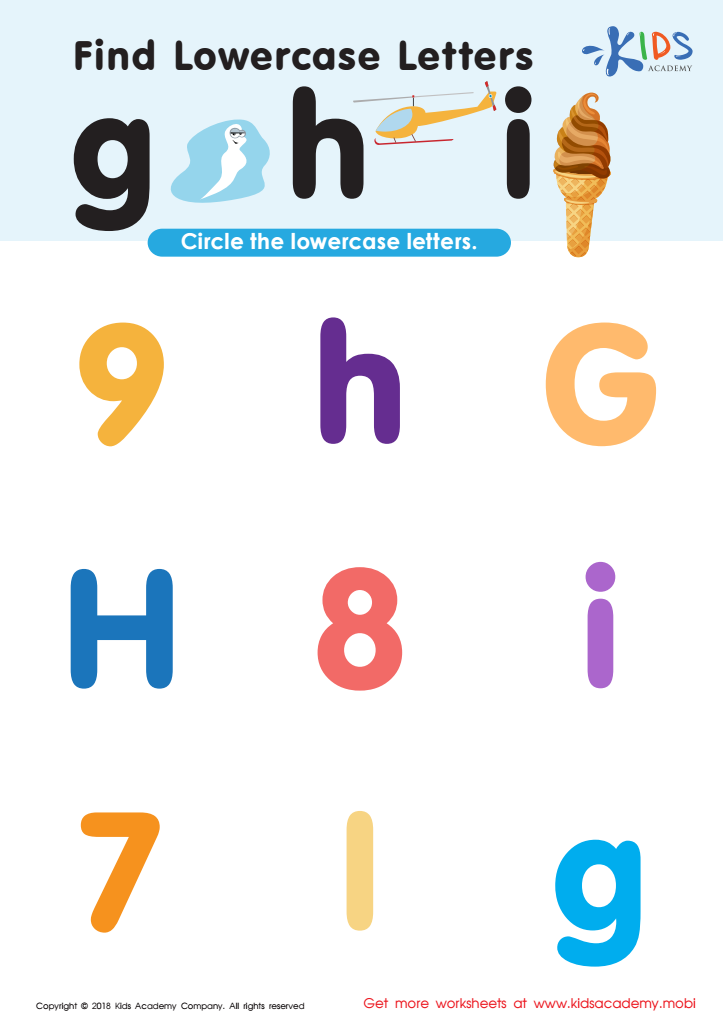

Find Lowercase Letters g h i Worksheet


Letter P Tracing Page


Letter H Tracing Page
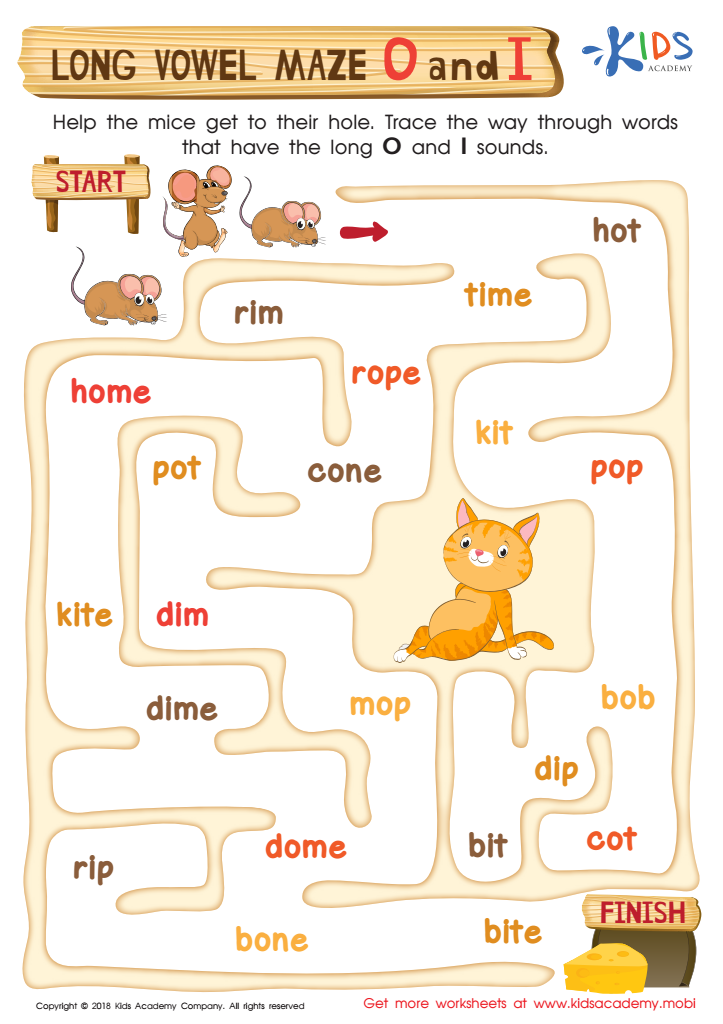

Long Vowel Maze /o/ and /i/ Worksheet
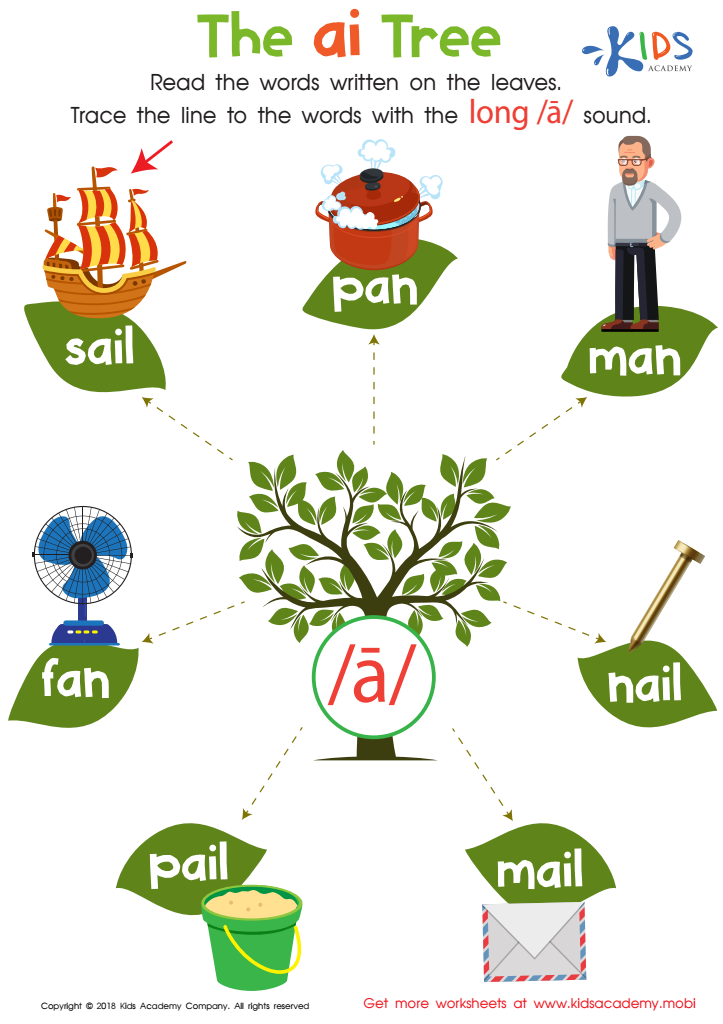

The AI Tree Worksheet


Long and Short U Worksheet
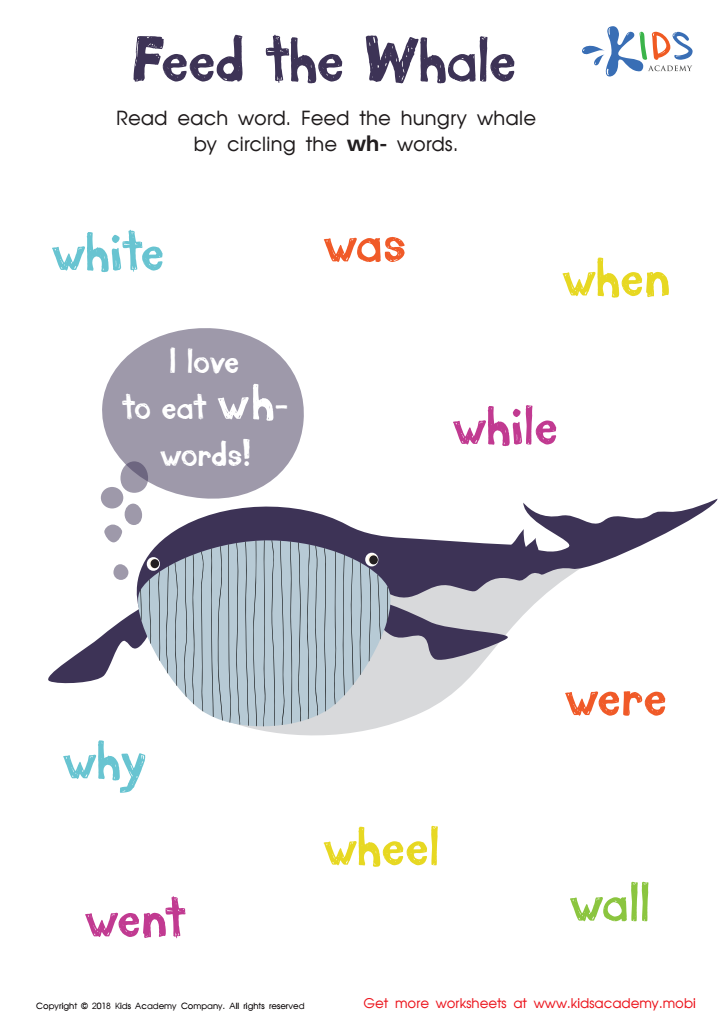

Feed the Whale Worksheet
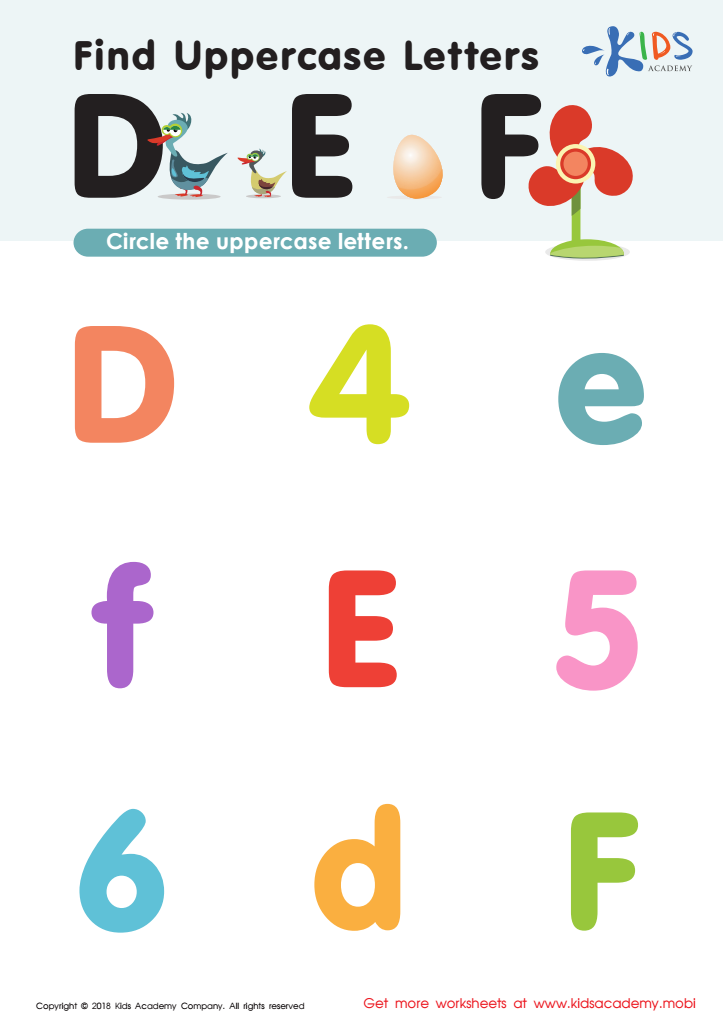

Find Uppercase Letters D, E, and F Worksheet


Long and Short E Worksheet


Letter D Tracing Page
Hand-eye coordination is a critical foundational skill for children aged 6-9, as it significantly impacts their academic and personal development. This skill involves the efficient synchronization of visual input (what the eyes see) and motor output (what the hands do). For young learners, strong hand-eye coordination is essential for activities such as writing, drawing, and other classroom tasks. For instance, forming letters or figures accurately on paper directly relies on how well a child can coordinate their visual perception with hand movements.
Improving hand-eye coordination through activities like the Hand-eye Coordination Normal Alphabet benefits children’s cognitive and motor development. As they practice aligning what they see with how they move their hands, their brain’s neural networks strengthen, enhancing their overall cognitive abilities. Moreover, it fosters better fine motor skills, agility, and spatial awareness.
Parents and teachers should prioritize these activities because they lay down the groundwork for more complex skills required later in life, such as typing, playing musical instruments, and participating in sports. Additionally, mastering hand-eye coordination early contributes to children's self-confidence and independence in completing daily tasks efficiently. Thus, incorporating systematic hand-eye coordination exercises into daily routines not only supports academic success but also holistic child development.
 Assign to My Students
Assign to My Students





